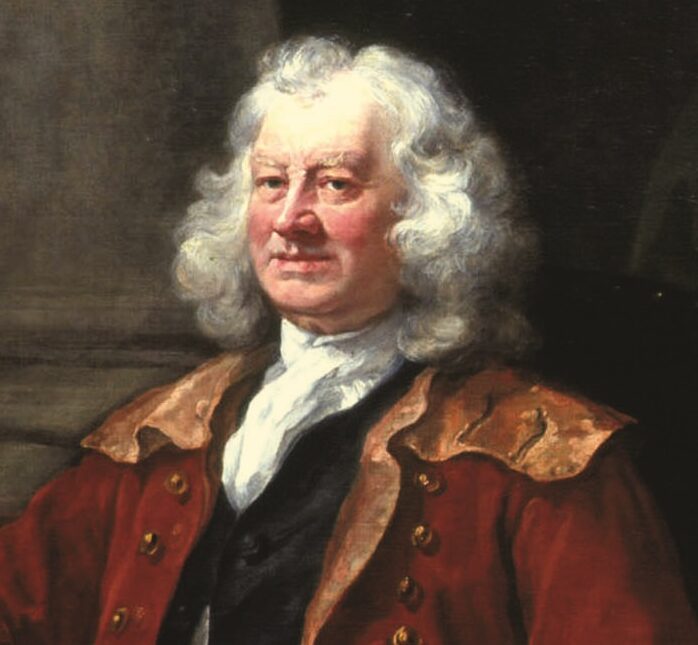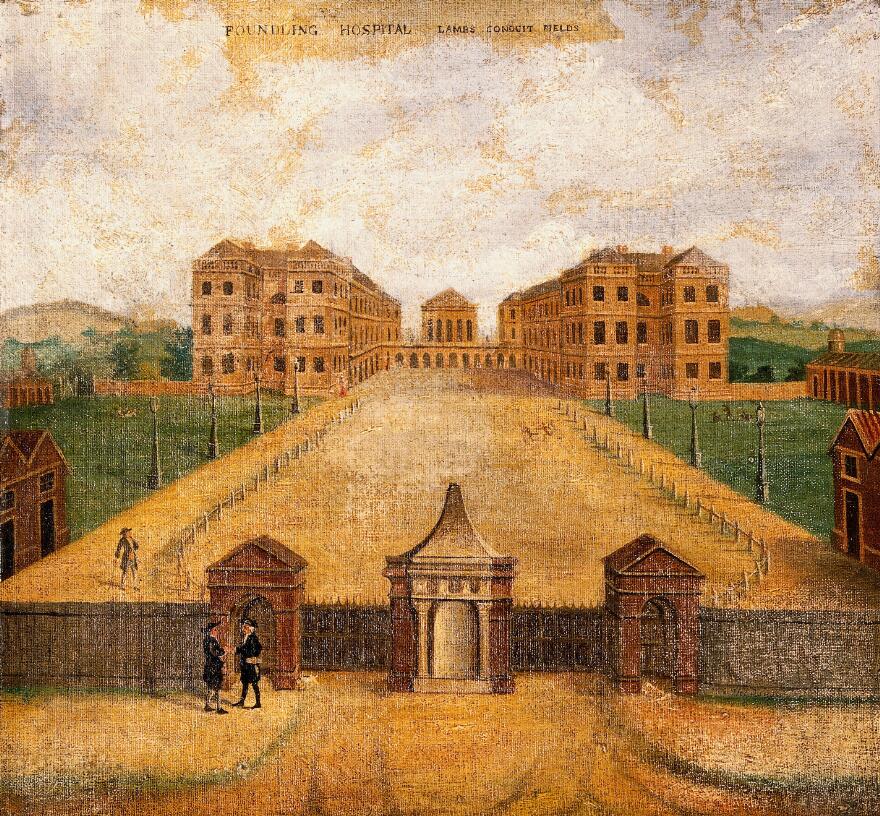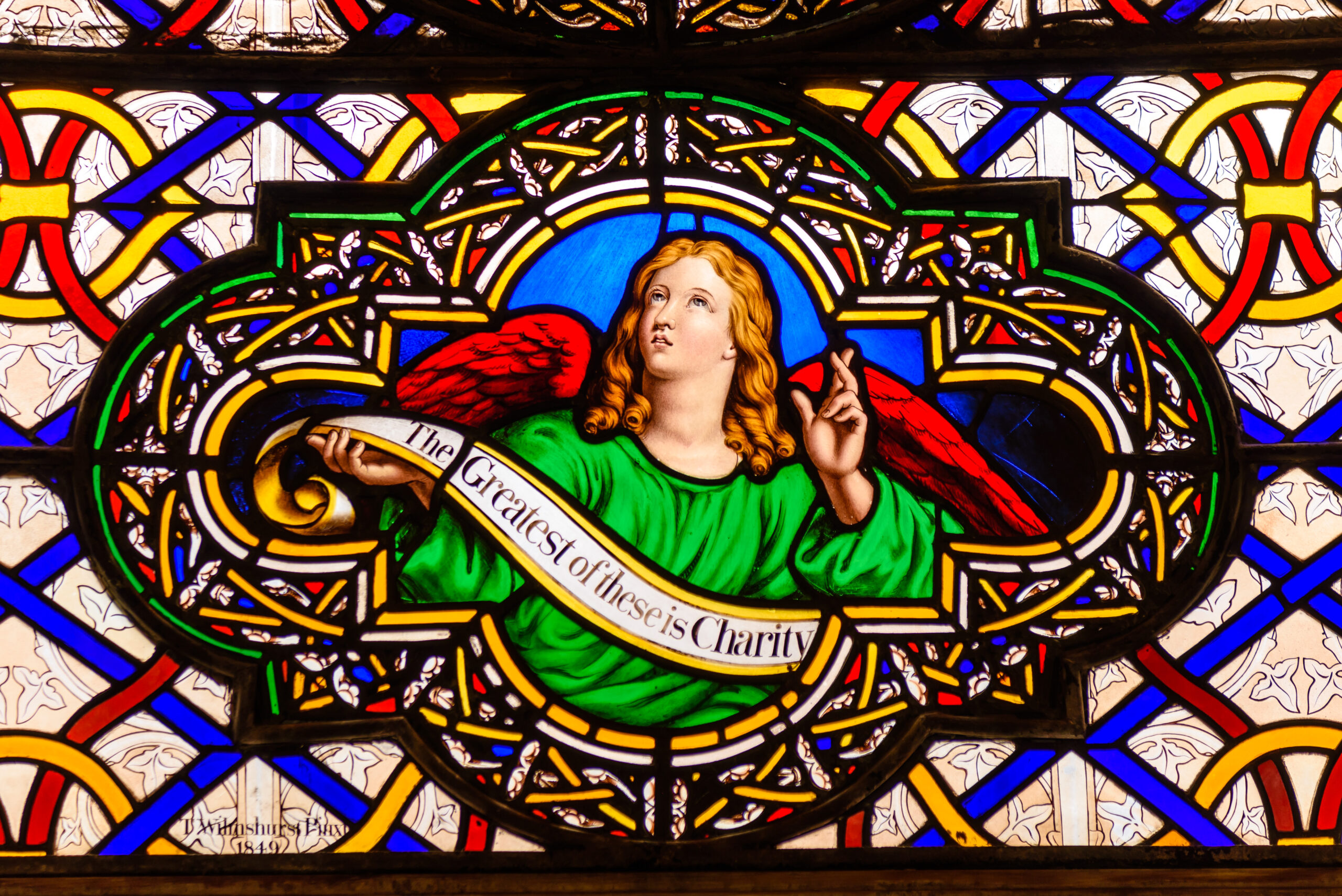Coram was established as The Foundling Hospital in London by Thomas Coram in 1739 as a home for babies whose mothers were unable to care for them. Today we are a vibrant charity group of specialist organisations, supporting hundreds of thousands of children, young people and families every year.

Coram charity today
Coram is the first and longest running children’s charity. Over three centuries, more than 25,000 children were in the care of the Foundling Hospital. Today, as the children’s charity Coram, we continue Thomas Coram’s legacy by creating better chances for thousands of children across the UK.
Discover more about Coram’s heritage, including stories of pupils from the 1740s onwards and poignant artefacts from our archive by visiting our dedicated Coram Story website. You can also read more about our history and see a timeline of key events below.

The establishment of the Foundling Hospital
Thomas Coram, a sea captain and philanthropist from a modest background, established the Foundling Hospital, London’s first home for babies whose unmarried or destitute mothers were unable to care for them.
Shocked by the number of abandoned and dying babies on London’s streets, Coram began his campaign to create a home for these babies by enlisting support from leading members of the aristocracy, the City, the arts and the sciences through a series of petitions. Early supporters included the composer George Frideric Handel and the artist William Hogarth.
Thomas Coram’s 17-year campaign was finally brought to the attention of King George II, who signed a Royal Charter on 17 October 1739 for the building of the Foundling Hospital in the fields around Bloomsbury, London.
The early years of the Foundling Hospital
Mothers brought their babies to the Foundling Hospital to be cared for, with many hopeful that their circumstances would change so that they could one day reclaim their child. Every child admitted to the Foundling Hospital was baptised and given a new name. Mothers also left a token that could be used to identify their child if they returned to reclaim them. The Foundling Hospital kept meticulous records of every child who passed through the institution.
The Hospital arranged for foster families to care for the children until the age of five. They were then brought to live and be educated in the Foundling Hospital until around the age of 15, when they were sent out as apprentices, primarily in domestic or military service.
During the 1750s, several residential branches were temporarily opened to cope with the large number of children received during a period of ‘indiscriminate admission’. These were based at Ackworth, Shrewsbury, Aylesbury, Barnet, Chester and Westerham.


Into the 20th century
The coming of the railways and the resultant pollution prompted the Foundling Hospital to relocate to Redhill, Surrey in 1926, while a new school was built in the countryside at Berkhamsted, Hertfordshire. This opened in 1935.
Although the London site was sold and many buildings were demolished, the Hospital later bought back two and a half acres of land, where Coram’s headquarters are today. The 1948 Children Act changed people’s understanding of what children need from charities. Some children were taken back by birth mothers while others found homes with foster parents, and the residential home in Berkhamsted closed in 1954. Now as Ashlyns School, it still features stained glass windows, a staircase and monuments from the original London buildings.
Pioneers in adoption work
The charity evolved to begin pioneering work in adoption, early years and parenting from its original London site – the birthplace of children’s social care. Children’s charity The Thomas Coram Foundation for Children, today known as Coram, developed new approaches to childcare and education, informed by developments in child psychiatry that highlighted the importance of children’s emotional wellbeing and need for secure family placement in order to thrive. Coram continues to develop innovative approaches to improve the lives of children today.
No Place Like Home: The Story of the Foundling Hospital
We have created a new documentary film exploring the stories of children who lived in The Foundling Hospital, England’s first home for children, which you can view below. The film, No Place Like Home: The Story of the Foundling Hospital, has been created by production company Northern Town, as part of Coram’s five-year programme ‘Voices Through Time: The Story of Care’, made possible by The National Lottery Heritage Fund. It reveals fascinating details of the lives of some of the 27,000 children who grew up at the Foundling Hospital between 1741 and 1954.
The Foundling Museum
The Foundling Museum, established in 2004, tells the story of the UK’s first children’s charity and its first public art gallery. It is home to the Foundling Hospital Collection and the world’s largest private collection of Handel memorabilia. Its exhibitions and events celebrate how a wide range of artists have helped improve children’s lives for over 250 years. Through inspiring art, poignant artefacts, original period interiors and archival documents, visitors can discover the stories of Thomas Coram, his artistic supporters and the children who grew up there.
Foundling Hospital records and archive
Coram offers a birth records information and counselling service to former Foundling pupils and their descendants, and to those placed for adoption by Coram. Historical records in the The Foundling Hospital Archive, held by The London Archives, are available to the public.
Birth records service Foundling Hospital archiveKey dates in our history
From our inception as the Foundling Hospital, Coram is the UK's first dedicated children's charity, working to improve children’s life chances for nearly 300 years. Visit our Story of Care timeline for more detail or view our organisational timeline below.
Coram Story
Explore the history and stories of the pupils and staff who lived at the Foundling Hospital. You can also find out about the story of care and the creative projects that have taken place as part of the Voices Through Time programme, funded by the National Lottery Heritage Fund.
Visit our dedicated Coram Story website